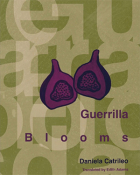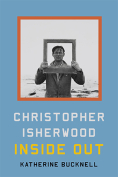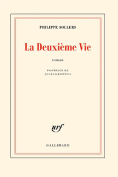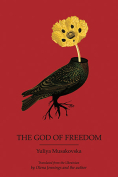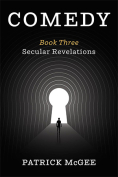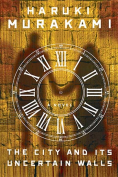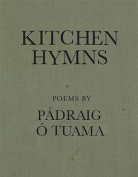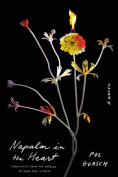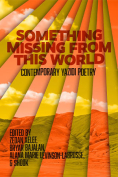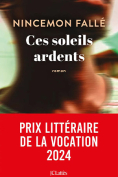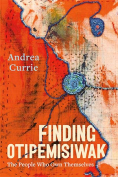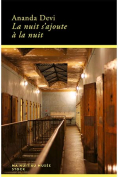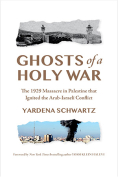Ghosts of a Holy War: The 1929 Massacre in Palestine That Ignited the Arab-Israeli Conflict by Yardena Schwartz
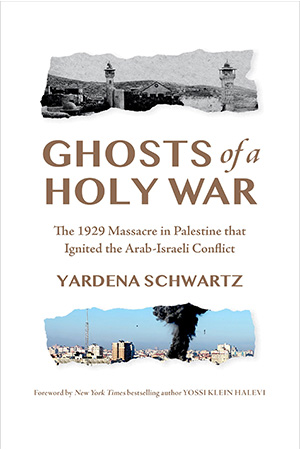
New York. Union Square. 2024. 432 pages.
In 1928 Memphis resident David Shainberg moved to Hebron, the city of Abraham, in British Mandatory Palestine. The area was dotted with citrus, pomegranate, and fig trees, and when David moved there, a community of eight hundred Jews and twenty thousand Arabs coexisted in harmony. In fact, it was one of the only areas in Mandatory Palestine where Arabic-speaking Jews socialized on a regular basis with their Muslim neighbors, conversing over coffee and backgammon. Hebron is central to the three Abrahamic religions of Christianity, Islam, and Judaism, as it is home to the Tomb of the Patriarchs and Matriarchs. The tomb was purportedly built by Abraham, and later, during the Byzantine Empire, a Christian basilica was constructed on top of it. During the seventh-century Muslim conquest of the area, the basilica was converted into the Ibrahimi Mosque, which still stands today. Journalist Yardena Schwartz centers her new book, Ghosts of a Holy War, around Hebron starting the year Shainberg lived there, a year that would turn deadly and alter the course of history.
Shainberg moved to Hebron to study Torah and to be close to the Tomb of the Patriarchs and Matriarchs. He wrote home to his family in Memphis each week. Eighty years later his niece would discover these letters in her attic. Schwartz uses these letters to present a vivid picture of 1928 Hebron. As she writes, “In his eloquent letters to his family in Memphis, he described the city’s serenity, and the unique comradery between the city’s Jewish and Muslim population. One year later, that fragile bubble of peace was violently punctured.”
This puncture was a pogrom—a killing, rape, and arson spree—instigated by the grand mufti of Jerusalem, the most prominent Muslim official in Palestine, who erroneously spread a rumor that Jews were planning to destroy Jerusalem’s Al-Aqsa Mosque in order to rebuild the holy temple central to Judaism. The Temple Mount is the site of the first temple built by King Solomon, destroyed by the Neo-Babylonian Empire. It was rebuilt five hundred years before the common era and destroyed again, this time by the Roman Empire. In the seventh century, the Al-Aqsa Mosque was constructed on this site and is recognized by its golden dome. It’s one of the holiest sites in Islam. Jews had no such plan to destroy Al-Aqsa and to this day do not enter the mosque, but misinformation on the part of the grand mufti spread like wildfire, and the region would never be the same again.
Haj Amin al-Husseini, the grand mufti, was informed by dangerous propaganda like The Protocols of the Elders of Zion and became close to Hitler in the years to come. The grand mufti lived in a Nazi-financed estate in Berlin throughout World War II, where he led the Arab branch of Joseph Goebbels’s Ministry of Propaganda and lobbied the Nazi regime to enact the Final Solution in the Middle East. At the time of the deadly 1929 riots in Palestine, al-Husseini was vying for power in the Middle East. The governing British authorities failed to stop the riots, and 133 Jewish men, women, and children were murdered, including Shainberg.
Schwartz recounts this deadly incident to show how the fragile peace between Muslims and Jews dissolved in what she terms “ground zero” of the holy war that has continued to this day. After the 1929 riots and an uprising in 1936, the British evacuated Jews from Hebron because it was no longer safe for them. From 1948 until 1997, Hebron would be ruled by Jordan and then Israel. Today it’s split into two areas, one administered by the Palestinian Authority and the other by Israel. Schwartz visited Hebron for the first time in 2011 as a journalism student and was so disturbed by the devastating living conditions that she never wished to return.
But when she learned about the discovery of Shainberg’s letters in 2019, Schwartz wanted to learn what went so wrong in Hebron. How did it go from a beacon of coexistence to a grim, divided city? Besides the legacy of the grand mufti, since 1967 the area has attracted Jewish extremists who are as interested in peace as was the grand mufti. The radical Meir Kahane moved to Hebron from the United States as did his disciple Baruch Goldstein, who in 1994 opened fire on Muslim worshippers in the Cave of the Patriarchs and Matriarchs. Itamar Ben-Gvir, one of Israel’s most fanatical politicians today, is also a Kahane disciple and lives in Hebron.
Schwartz’s book is one of the most balanced, comprehensive, and fact-driven narratives about the Israel-Palestine conflict to date. She shows how people like the grand mufti influenced future Palestinian leaders, namely his cousin Yasser Arafat, and how extremists on the Israeli side, like Meir Kahane, instigated violence among his followers, which continues today. The reason for the continued conflict, Schwartz demonstrates, is because extremists have rejected coexistence, leading to where we are today, a year and a half after the October 7 massacre and ensuing war.
Yet all is not bad news. Schwartz is a masterful storyteller, and her beautiful writing shines through, especially when she relates stories of the many Muslims who saved Jews in Hebron in 1929, and in southern Israel on October 7, showing that the war isn’t between two religions per se but between extremists on both sides. One of the most touching parts of the book is her friendship with a descendant of a Muslim family who saved Jews in the 1929 massacre.
When Schwartz started her research more than five years ago, she never knew how prescient her book would become, so the timing could not be better. She ends Ghosts of a Holy War with notes of optimism: “Somehow I remain hopeful that lessons will be learned to bring peace to this tortured land and its people, who are destined to share it. There is no other way. Neither side has any intention of abandoning their homeland. In the face of the devastation this war has wrought, I hope that those who seek a more peaceful future will prevail.”
Susan Blumberg-Kason
Hinsdale, Illinois



